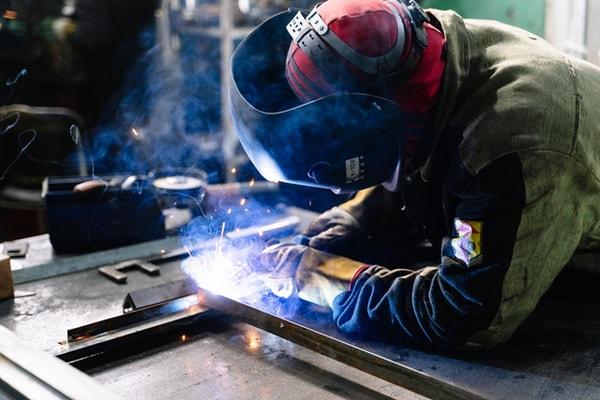Exactly how to Establish an Efficient Welding WPS: Tips and Finest Practices
Grasping Welding WPS Standards: Finest Practices and Techniques for High Quality Welds
In the world of welding, mastering Welding Treatment Spec (WPS) standards is a crucial part that directly affects the high quality and integrity of welds. As we browse via the intricacies of welding WPS requirements, uncovering essential insights and strategies for accomplishing top-tier welds will certainly be vital for welders looking for to stand out in their craft and produce welds that stand the examination of time.
Recognizing Welding WPS Standards

Assessors depend on WPS paperwork to validate that welding treatments are being adhered to appropriately and that the resulting welds are of high top quality. Engineers use WPS criteria to make welding procedures that make certain the sturdiness and dependability of welded structures.


Important Tools for Top Quality Welds
Mastering welding WPS requirements is important for welders to efficiently utilize the crucial devices needed for producing high quality welds. The type of welding equipment required depends on the welding process being made use of, such as MIG, TIG, or stick welding. Cord brushes and breaking hammers are essential for cleansing the weld joint prior to and after welding to eliminate any type of contaminations that might affect the high quality of the weld.
Key Methods for Welding Success
To accomplish welding success, one need to understand the key methods necessary for generating high-grade welds. Maintaining a secure welding and a steady hand position throughout the procedure is essential to achieving precision and consistency in the welds. By understanding these key strategies, welders can boost the high quality of their work and attain welding success.
Ensuring Compliance With WPS Criteria

Moreover, welders need to go through training to acquaint themselves with the WPS standards relevant to their job. Regular audits and assessments need to be carried out to verify that welding activities line up with the recommended WPS guidelines. In addition, maintaining thorough records of welding specifications, equipment calibration, and examination outcomes is essential for showing compliance with WPS requirements - welding WPS. By vigilantly adhering to WPS requirements, welders can guarantee that their job satisfies the required top quality degrees and adds to the total success of the welding job.
Troubleshooting Common Welding Issues
When confronted with common welding issues, recognizing the origin is critical for reliable troubleshooting. One widespread trouble is the visibility of porosity in welds, commonly triggered by contaminants such as oil, rust, or dampness. To resolve this, making sure correct cleaning of the base steel prior to welding and making use of the correct protecting gas can dramatically decrease porosity. One more concern regularly run into is absence of fusion, where the weld stops working to appropriately bond with the base product. This can originate from poor warm input or incorrect welding strategy. Changing specifications such as voltage, cord feed speed, or take a trip rate can help enhance fusion. Additionally, distortion, splitting, and spatter prevail welding challenges that can be alleviated with proper joint prep work, consistent warm control, and choosing the appropriate welding consumables. By completely understanding these common welding issues and their origin triggers, welders can efficiently fix problems and attain high-grade welds.
Conclusion
Finally, grasping welding WPS requirements needs a comprehensive understanding of the standards, using crucial tools, and carrying out vital methods for effective welds. Making sure compliance with WPS criteria is essential for generating high quality welds and staying clear of common welding concerns. By adhering to finest techniques and techniques, welders can achieve constant and trustworthy cause their welding tasks.
In the realm of welding, understanding Welding Treatment Spec (WPS) standards is a crucial part click that directly influences the top quality and stability of welds.When delving right into the realm of welding methods, an essential aspect to comprehend is the importance and ins and outs of Welding Procedure Spec (WPS) standards. WPS standards supply an in-depth standard for welding operations, making certain consistency, top quality, and security in the welding procedure. The type of welding maker needed depends on the welding procedure being utilized, such as MIG, TIG, or stick welding.Achieving welding success via the proficiency of crucial methods demands a thorough understanding and adherence to pop over here Welding Procedure Requirements (WPS) criteria.